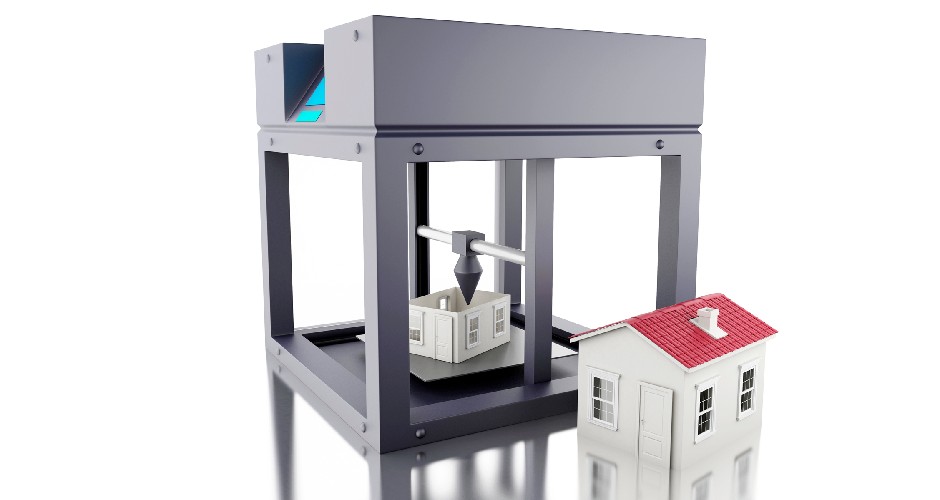The technological revolution of construction

Technological advancements are continuous and have an infinity of applications. The construction sector has echoed and adapted some to their needs. Today, we’ll talk about the most significant ones.
1. Drones
The recreational use of Drones is becoming more common every day although it also has advantages professionally. The construction sector uses them to inspect large-scale areas or those with difficult access, therefore economizing time and personnel as well as avoiding possible accidents.
At the same time, Drones have the capacity to store a large amount of specific data to be treated later with applications specially designed for this use.
2. 3D Printers
The first 3D printer came out in 1983 and started printing small models of buildings as prototypes. Almost three decades later, they have advanced to such an extent that two-story houses are being built in just one day with this tool.
Professor Behrokh Khoshnevis, of the University of Southern California, is the architect of this colossal innovation that aims to replace bricks, saving time, materials and emissions.
3. Bioclimatic buildings
Historically, the construction sector has been one of the largest emitters of polluting substances. To reduce this environmental impact, new techniques that are more respectful of the planet are being implemented.
The executive director of the Colombian Sustainable Construction Council (CCCS), Cristina Gamboa, claims that bioclimatic buildings optimize the use of resources, taking into account the area where they are built, reducing the energy used by up to 50% and water by 40%.
4. Efficient design
Design has always been directed at the consumer's taste, without taking into account external inputs. Now, design is conditioned to the efficiency and comfort of the house, enhancing the value of large, green and outdoor spaces, in order to take advantage of the land’s full potential.
5. Safety and technology
The safety of houses doesn’t depend on the number of locks it has or the quality of the doors and windows. Today, all details can be controlled from the mobile phone, including turning the lights on and off.
The union between safety and technology has culminated with Smart Houses, that when connected to an App, have total control through an external device such as a mobile phone or tablet.
6. Energy efficiency
New buildings are focused on saving energy. This can be done thanks to insulating and refrigerating materials used when building such as the use of thermal, double-glazed windows that help maintain indoor temperature.
Renewable energies are also a good resource, such as solar panels, biogas or wind power solutions.
7. Dry construction
The materials used in current building are faster, cleaner and more economical than the traditional ones. Plasterboard, metal panels, wood or glass are a clear example, since they can be anchored directly on the structure, without the need to use the classic bricks and cement.
One of the most innovative techniques is steel framing, a steel framework that is placed directly on top of the foundation, although it supports less weight.
#eDiversaGroup #comeDiBuild #newconstruction #revolution #innovation



